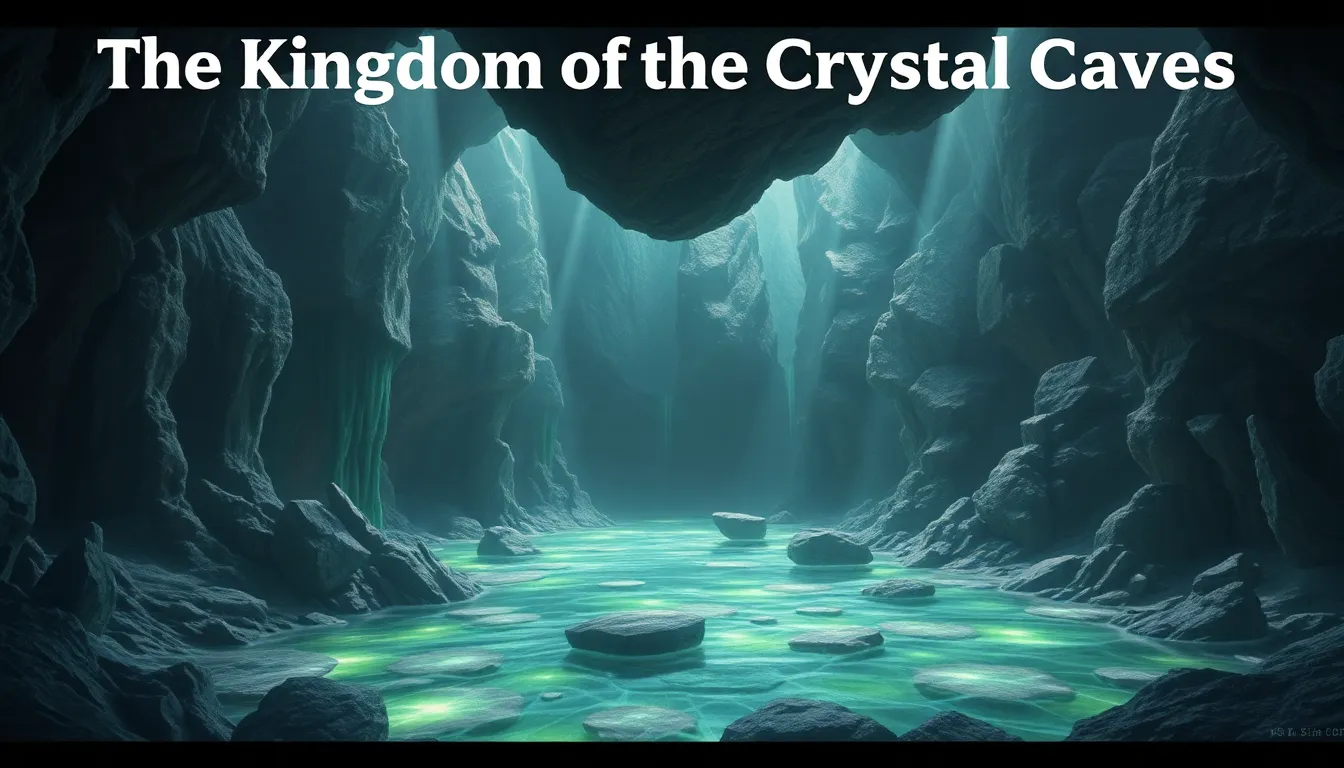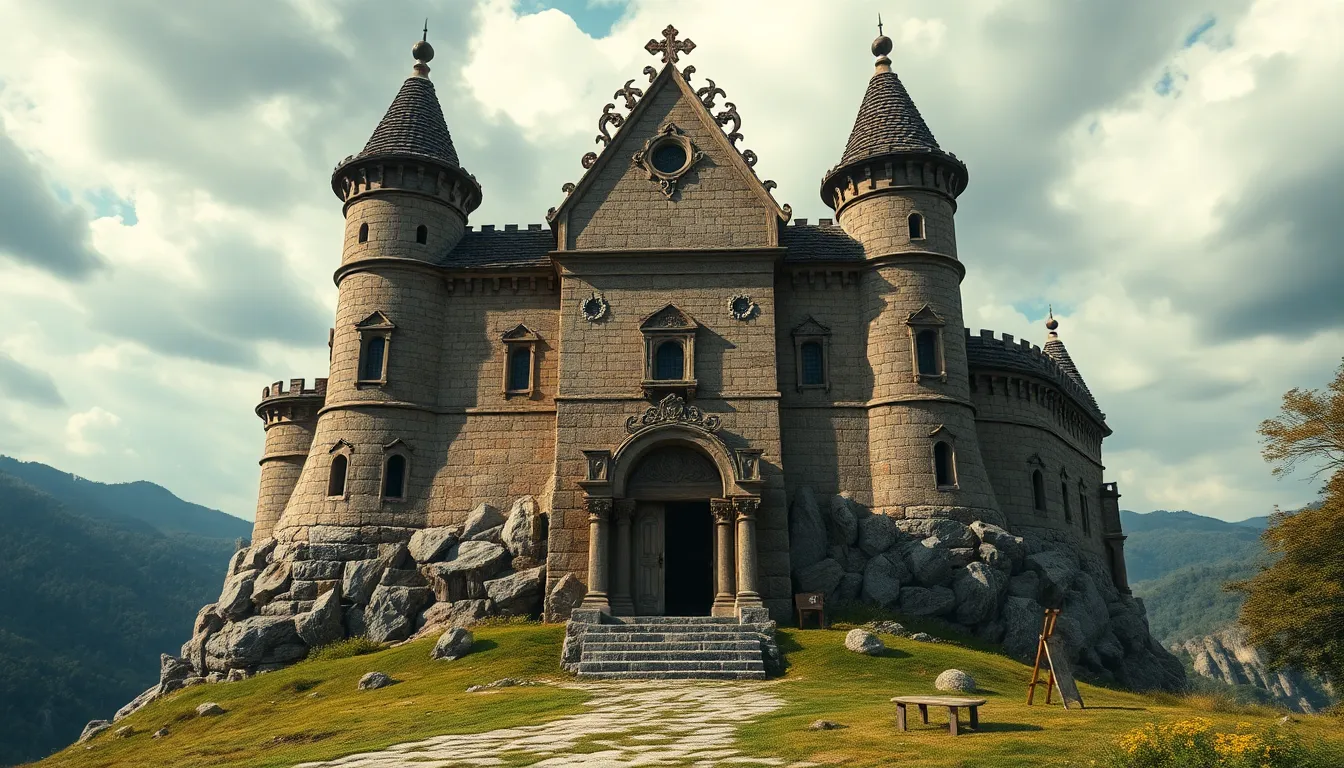The Kingdom of the Crystal Caves: Myths of Hidden Wonders
Introduction to the Kingdom of the Crystal Caves
The concept of crystal caves has captivated human imagination across cultures and eras. These stunning geological formations evoke a sense of wonder and mystery, often being portrayed as gateways to other worlds or repositories of ancient wisdom. In mythology and folklore, caves serve as sacred spaces, hiding secrets and treasures waiting to be discovered. From the depths of ancient legends to contemporary stories, the allure of crystal caves remains strong, compelling explorers and dreamers alike.
Historical Context: The Origins of Crystal Cave Myths
Early civilizations revered caves as places of spiritual significance and shelter. The belief systems of many cultures intertwined with the presence of caves, often attributing them supernatural qualities. For instance:
- In ancient Greece, caves were associated with deities such as Pan and were seen as portals to the underworld.
- The Maya civilization revered caves as sacred sites, often using them for rituals and offerings.
Notable ancient texts, like the Epic of Gilgamesh, reference caves as places where heroes encountered the divine or faced their fears. Archeological findings, including cave paintings and artifacts, further illustrate the significance of these natural formations in the lives of our ancestors.
Geological Wonders: The Science Behind Crystal Caves
Crystal caves are not just products of myth; they are real geological wonders formed through intricate natural processes. The formation of these caves typically involves:
- Dissolution of soluble rocks, such as limestone, by acidic water over thousands of years.
- Deposition of minerals, like gypsum or calcite, that crystallize and create stunning formations.
One of the most famous real-life crystal caves is the Cave of the Crystals in Naica, Mexico. This cave is renowned for its massive selenite crystals, some reaching lengths of over 12 meters. The extreme conditions within the cave, including high temperatures and humidity, contribute to its unique and surreal environment.
Cultural Interpretations: Crystal Caves in Mythology
Caves often play a crucial role in the myths and legends of various cultures. They are frequently depicted as sites of creation, transformation, and revelation. For instance:
- In Norse mythology, the cave known as Hvergelmir is said to be the source of all rivers, symbolizing life and renewal.
- The Hindu texts reference caves as places of meditation and spiritual awakening, where sages would retreat for enlightenment.
These narratives illustrate the profound connection between humanity and the earth’s subterranean realms, where the mysteries of existence are often explored.
The Symbolism of Crystals: Power and Mysticism
Crystals hold significant meaning in various spiritual practices and are often seen as sources of healing and energy. Many believe that crystals possess unique properties that can influence emotions and physical well-being. Common beliefs include:
- Amethyst is thought to promote calmness and clarity of mind.
- Rose quartz is associated with love and emotional healing.
In folklore, crystals are perceived as vessels of wisdom and power, often linked to deities or natural forces. This symbolism enhances their allure, making crystal caves not just geological formations, but also sacred spaces filled with mystical energy.
Modern Interpretations: Crystal Caves in Literature and Art
Crystal caves have inspired countless authors and artists throughout history. From novels to films, these enchanting spaces often symbolize adventure, mystery, and the unknown. Notable examples include:
- The Chronicles of Narnia series by C.S. Lewis, where magical caves serve as gateways to other worlds.
- The film Journey to the Center of the Earth, which features breathtaking underground landscapes filled with crystals.
This enduring fascination reflects humanity’s desire to explore the hidden corners of our world, both physically and metaphorically.
Exploration and Adventure: The Allure of Discovering Hidden Caves
The rise of spelunking, or cave exploration, has drawn adventurers to seek out hidden caves around the globe. The thrill of discovery and the challenge of navigating uncharted territories appeal to many. However, exploring caves comes with its own set of risks:
- Potential for getting lost in complex cave systems.
- Environmental hazards such as flooding or unstable rock formations.
Despite these risks, the rewards of exploring crystal caves can be awe-inspiring, offering unique experiences that connect explorers to the beauty and mystery of the natural world.
Environmental Concerns: Protecting Our Natural Wonders
As tourism around crystal caves increases, so do the environmental concerns associated with human activity. The delicate ecosystems within these caves can be easily disrupted by:
- Foot traffic damaging fragile formations.
- Pollution from waste and litter left by visitors.
Conservation efforts are essential to preserve these natural wonders. Sustainable practices, such as regulated access and educational programs, can help protect crystal caves for future generations to enjoy.
The Future of Crystal Caves: Myths vs. Reality
Emerging technologies in cave exploration, such as 3D mapping and robotics, are opening new avenues for studying and understanding these underground worlds. These advancements may also lead to discoveries that challenge existing myths or inspire new ones. As we continue to explore and study crystal caves, the line between myth and reality may blur further, keeping the spirit of adventure alive.
Conclusion: The Enduring Legacy of the Kingdom of the Crystal Caves
Crystal caves remain a potent symbol of mystery and wonder, bridging the gap between myth and reality. Their significance spans cultures and time, reminding us of the beauty and complexity of our natural world. As we explore these hidden wonders, it is crucial to do so responsibly, ensuring that generations to come can experience the magic and inspiration that crystal caves provide.



